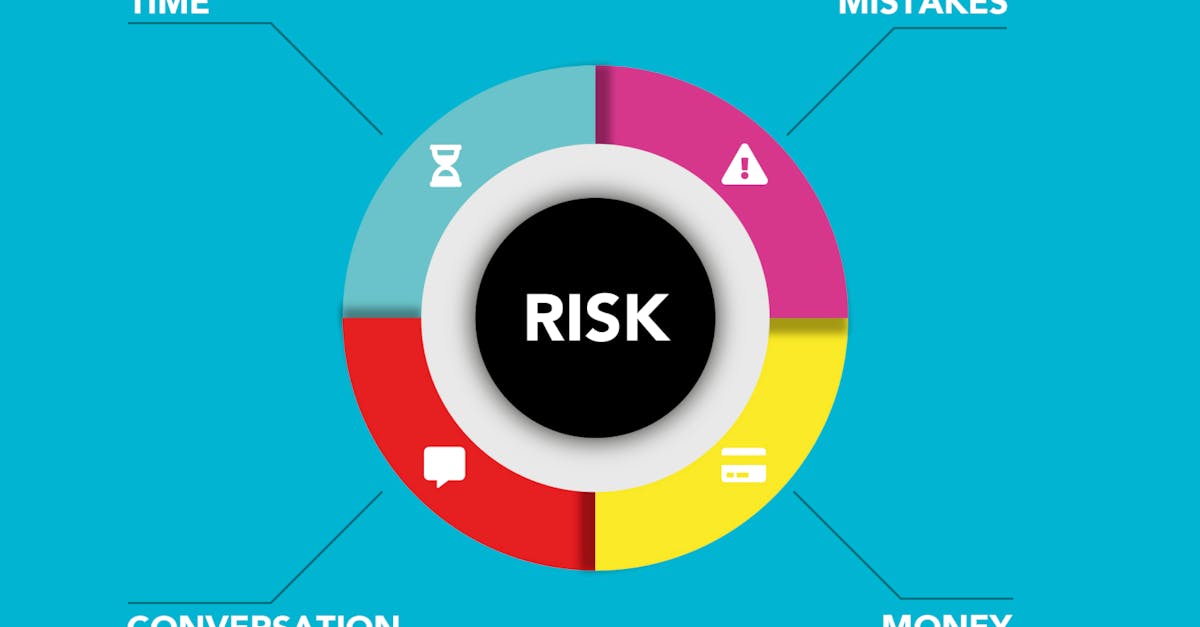
Table Of Contents
Understanding the Importance of Risk Management
Risk management is a critical aspect of any business operation as it helps identify and mitigate potential risks that could impact the organization. Implementing effective risk management strategies is vital to safeguard the company's assets, reputation, and financial stability. In locations like Risk Management Carlton, Melbourne, businesses must recognise the significance of proactive risk management practices to prevent costly disruptions and losses.
By actively engaging in risk management processes, organisations can enhance their decision-making capabilities and increase their resilience to unforeseen events. Failure to address potential risks can leave businesses vulnerable and ill-prepared to handle crises when they arise. Within the dynamic business environment in Risk Management Carlton, Melbourne, companies that prioritise risk management demonstrate foresight and responsibility in ensuring long-term sustainability and growth.
Identifying Potential Risks
Identifying potential risks is a crucial aspect of effective risk management at Risk Management East End Theatre District, Melbourne. By thoroughly examining all the factors that could pose a threat to the theatre district's operations, stakeholders can preemptively address issues before they escalate into significant problems. These risks could range from natural disasters disrupting performances to financial uncertainties impacting the sustainability of the district.
Moreover, understanding the specific risks that the East End Theatre District faces allows for better allocation of resources to mitigate these potential threats. This proactive approach not only enhances the district's ability to navigate challenges but also fosters a culture of resilience and adaptability among all involved parties. By pinpointing potential risks, Risk Management East End Theatre District, Melbourne is better equipped to develop strategies and processes that safeguard its long-term success and reputation.
Establishing a Risk Management Plan
Establishing a Risk Management Plan is a crucial step for companies aiming to safeguard their interests and assets. This process involves outlining strategies to identify, assess, and mitigate potential risks that could impact the organisation. Risk Management Carlton, Melbourne experts emphasize the importance of developing a comprehensive plan that aligns with the business objectives and operations of the company.
In establishing a Risk Management Plan, companies must first clearly define the scope and objectives of the plan. This involves identifying key stakeholders, outlining roles and responsibilities, and establishing communication channels for effective risk management. Additionally, it is essential to allocate resources and set timelines to ensure the successful implementation of the plan. Risk Management Carlton, Melbourne professionals suggest that regular reviews and updates to the plan are necessary to adapt to the evolving risk landscape and ensure the continued effectiveness of risk management strategies.
Setting Risk Tolerance Levels
Simply put, setting risk tolerance levels is crucial in effective risk management. It involves determining the acceptable level of risk an organisation is willing to take on in pursuit of its objectives. Risk tolerance levels serve as a guiding principle, helping Risk Management Melbourne professionals make informed decisions about which risks are worth taking and which should be avoided or mitigated.
By establishing clear risk tolerance levels, organisations can align their risk management efforts with their strategic goals and ensure that they are not overly conservative or reckless in their risk-taking. This approach allows for a more structured and consistent risk management process, enabling businesses to navigate uncertainties with greater confidence. Ultimately, setting risk tolerance levels helps organisations strike a balance between seizing opportunities for growth and safeguarding against potential threats.
Conducting Risk Assessments Regularly
Risk assessments are a crucial aspect of effective risk management practices within any organisation. At Risk Management East End Theatre District, Melbourne, conducting risk assessments regularly is a fundamental step in identifying and evaluating potential risks that could impact the success of theatre productions. By routinely assessing risks, the theatre district can proactively address vulnerabilities and implement mitigation strategies to safeguard against any potential disruptions to performances or operations.
Regular risk assessments allow Risk Management East End Theatre District, Melbourne to stay abreast of changing risk landscapes and emerging threats that could affect its activities. Through ongoing evaluation of risks, the theatre district can make informed decisions regarding resource allocation, risk prioritisation, and strategic planning. This proactive approach enables the organisation to enhance its risk management practices and ensure the continued success and sustainability of its operations in the dynamic and unpredictable theatre industry.
Evaluating Risk Impact and Probability
Evaluating risk impact and probability is a critical aspect of effective risk management. In the realm of Risk Management Melbourne, assessing the potential consequences of a risk materialising, along with the likelihood of it occurring, enables organisations to make informed decisions regarding risk mitigation strategies. By analysing the impact and probability of risks, businesses can prioritise their responses and allocate resources appropriately to reduce the negative effects of adverse events.
Through thorough evaluation of risk impact and probability, companies can develop a clearer understanding of the level of risk exposure they face within their operations. This systematic assessment process empowers Risk Management Melbourne to proactively address vulnerabilities, enhance resilience, and safeguard business continuity. By regularly evaluating risk impact and probability, organisations can adapt to dynamic environments and make timely adjustments to their risk management strategies to stay resilient and competitive in the market.
FAQS
What is the importance of risk management?
Risk management is crucial for businesses to identify potential risks, minimize their impact, and ensure the organization's sustainability and success in the long run.
How can potential risks be identified in risk management?
Potential risks can be identified through thorough analysis of internal and external factors, historical data, expert opinions, and scenario planning.
What is the significance of establishing a risk management plan?
Establishing a risk management plan helps in outlining strategies, processes, and responsibilities to effectively manage and mitigate risks within the organization.
How are risk tolerance levels set in risk management?
Risk tolerance levels are determined based on the organization's objectives, financial capacity, industry standards, and regulatory requirements to establish boundaries for risk-taking.
Why is it important to conduct risk assessments regularly?
Regular risk assessments help in identifying new risks, evaluating the effectiveness of existing risk mitigation strategies, and adapting to the changing business environment to ensure resilience.


